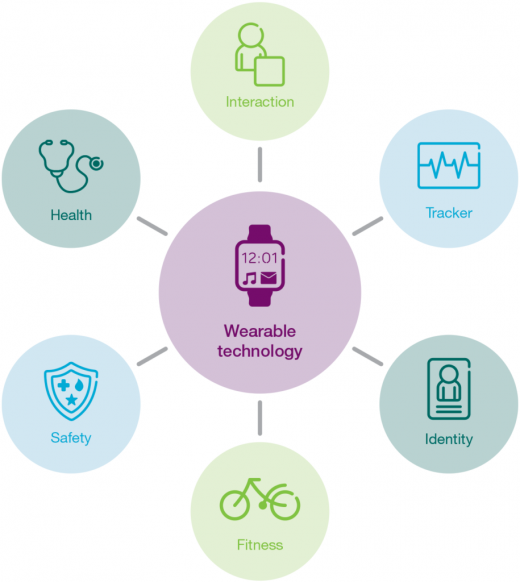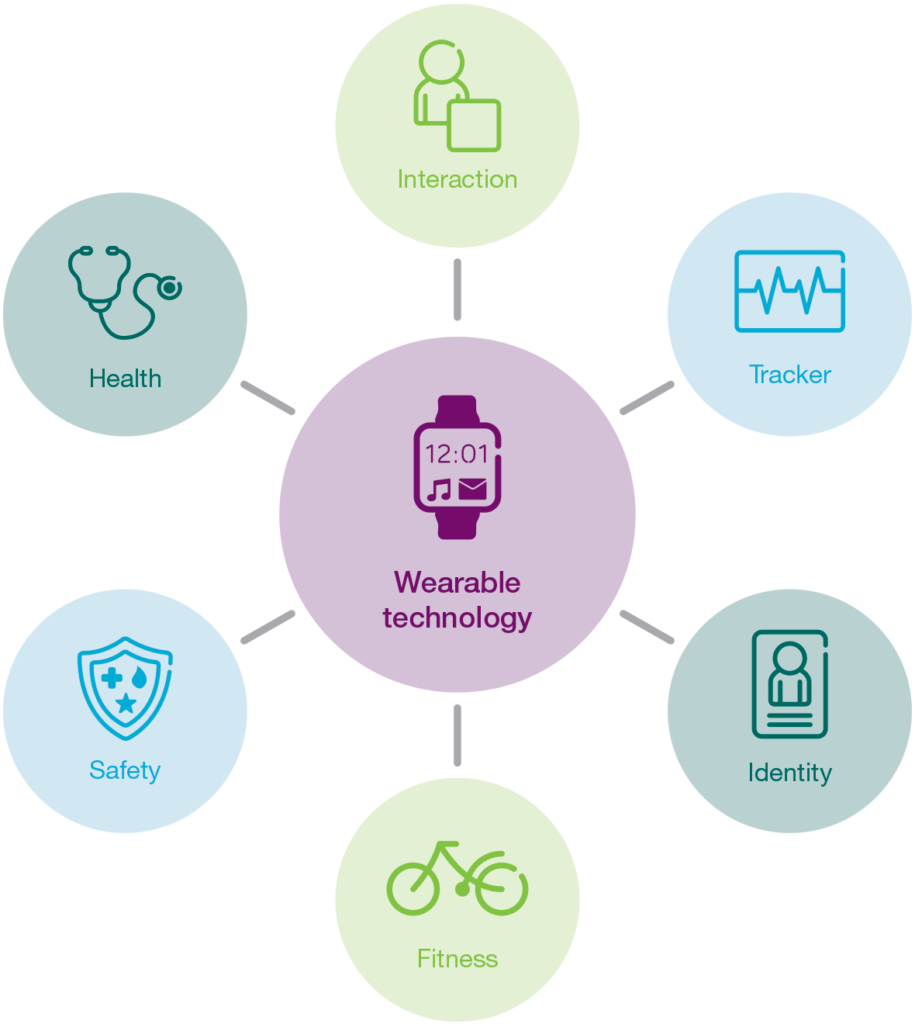Ericsson sees a wearable future that’s easy to swallow
Ericsson sees a wearable future that’s easy to swallow

A recent study by Ericsson ConsumerLab, shows wearables to be growing in popularity, and the expectations for these devices to be increasing as well.
Ericsson ConsumerLab, a leading research company with over 20 years experience in studying people’s behaviors and values, recently conducted an online survey of 5,000 Android and Iphone smartphone users between the ages of 15 and 55, located in Brazil, China, South Korea, the UK or the US. Of this group, 2500 people already own wearable technology.
See also: America trumps Europe in fitness wearables
These findings give some interesting insight to the future of wearables. The report, “Wearable technology and the internet of things,” says that six in 10 smartphone users believe wearables have uses beyond health and wellness. The ideas that attract the most interest among those surveyed are devices that can offer personal safety and security, such as panic buttons and personal locators.
According to the study, the top four most-desired wearables are a panic button that can easily alert friends and the police, a smartwatch, a location tracker, and an identity authenticator.
A thriving wearables market by 2020
With so many wearables on the market, or in the idea stages, one in three smartphone users can see themselves using a minimum of five connected wearable devices by 2020.
The demographic of wearable owners has also changed over the past few years. In the US, the majority of owners are those who are focused on fitness, and range between the ages of 25-34. However, across the globe, new users are younger and less concerned about fitness and health. Overall, ownership of these gadgets has doubled in the past year, but users predict that it will take another year or so for the current market wearables to become mainstream.
Stand-alone wearables are likely to become the next big thing. The constant use and need for smartphones makes it likely that smarter, more independent wearables may end up taking their place in the near future, offering the same if not better service than the current smartphones. In fact, two in five users expect that to happen, though it may take some time.
Jasmeet Singh Sethi, Consumer Insight Expert, Ericsson ConsumerLab, says: “Early signs of detachment from smartphones are visible today with 40 percent of today’s smartwatch users already interacting less with their smartphones.”
Wearables channeling people into IoT
Some new wearable ideas show promise among a majority of individuals, with 60 percent believing that ingestible pills and chips under the skin will be used normally, in a few years. These devices may be used to perform all kinds of services including health monitoring, unlocking doors, authenticating transactions and controlling objects. In fact, 25 percent of smartwatch owners already use their watches for remotely controlling various services inside their homes.
Sing Sethi says: “Although consumers show greatest interest in devices related to safety, we also see an openness to wearable technology further away from today’s generation. In five years’ time, walking around with an ingestible sensor, which tracks your body temperature and adjusts the thermostat setting automatically once you arrive home, may be a reality.”
Ericsson sees security concerns
Along with all this wearable technology use comes concern about safety and security of one’s personal information and data, with 53 percent of those surveyed admitting that wearables are open to hacking, data breaches and viruses. Yet, 60 percent feel that they are in complete control of their data, and a majority of users are more comfortable sharing their personal information with manufacturers of wearables than doctors or insurance companies.
In this day and age, it appears that anything is possible when it comes to connected wearables, and that a majority of people are on board, trusting in this new technology.
The post Ericsson sees a wearable future that’s easy to swallow appeared first on ReadWrite.
(36)



